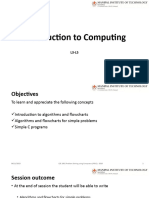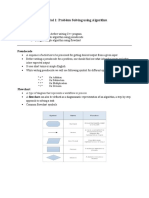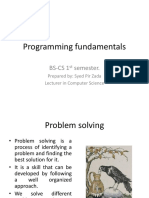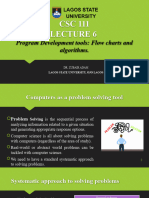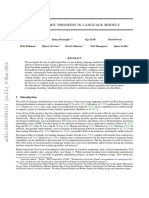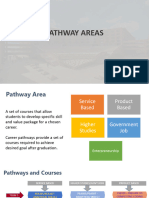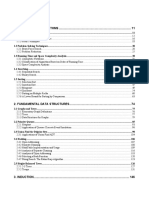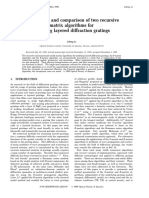0% found this document useful (0 votes)
27 views38 pages2 Algorithm, Flowchart
Uploaded by
kushalCopyright
© © All Rights Reserved
We take content rights seriously. If you suspect this is your content, claim it here.
Available Formats
Download as PDF, TXT or read online on Scribd
0% found this document useful (0 votes)
27 views38 pages2 Algorithm, Flowchart
Uploaded by
kushalCopyright
© © All Rights Reserved
We take content rights seriously. If you suspect this is your content, claim it here.
Available Formats
Download as PDF, TXT or read online on Scribd
/ 38


